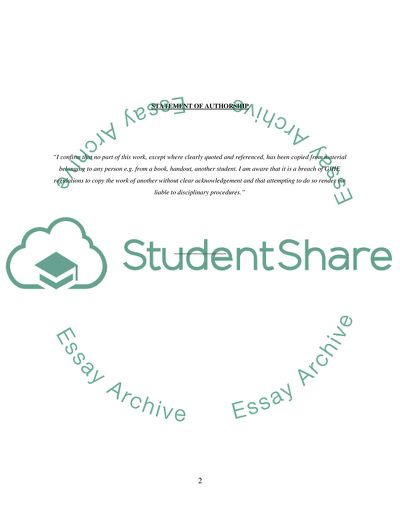Cite this document
(Structure of the Educational System in Morocco and Its Capacity for Research Proposal, n.d.)
Structure of the Educational System in Morocco and Its Capacity for Research Proposal. https://studentshare.org/education/1727425-the-aim-of-this-research-is-to-evaluate-the-current-structure-of-the-educational-system-to-answer-the-needs-and-expectations-of-hospitality-professionals-in-a-quantitative-and-qualitative-plan
Structure of the Educational System in Morocco and Its Capacity for Research Proposal. https://studentshare.org/education/1727425-the-aim-of-this-research-is-to-evaluate-the-current-structure-of-the-educational-system-to-answer-the-needs-and-expectations-of-hospitality-professionals-in-a-quantitative-and-qualitative-plan
(Structure of the Educational System in Morocco and Its Capacity for Research Proposal)
Structure of the Educational System in Morocco and Its Capacity for Research Proposal. https://studentshare.org/education/1727425-the-aim-of-this-research-is-to-evaluate-the-current-structure-of-the-educational-system-to-answer-the-needs-and-expectations-of-hospitality-professionals-in-a-quantitative-and-qualitative-plan.
Structure of the Educational System in Morocco and Its Capacity for Research Proposal. https://studentshare.org/education/1727425-the-aim-of-this-research-is-to-evaluate-the-current-structure-of-the-educational-system-to-answer-the-needs-and-expectations-of-hospitality-professionals-in-a-quantitative-and-qualitative-plan.
“Structure of the Educational System in Morocco and Its Capacity for Research Proposal”. https://studentshare.org/education/1727425-the-aim-of-this-research-is-to-evaluate-the-current-structure-of-the-educational-system-to-answer-the-needs-and-expectations-of-hospitality-professionals-in-a-quantitative-and-qualitative-plan.


